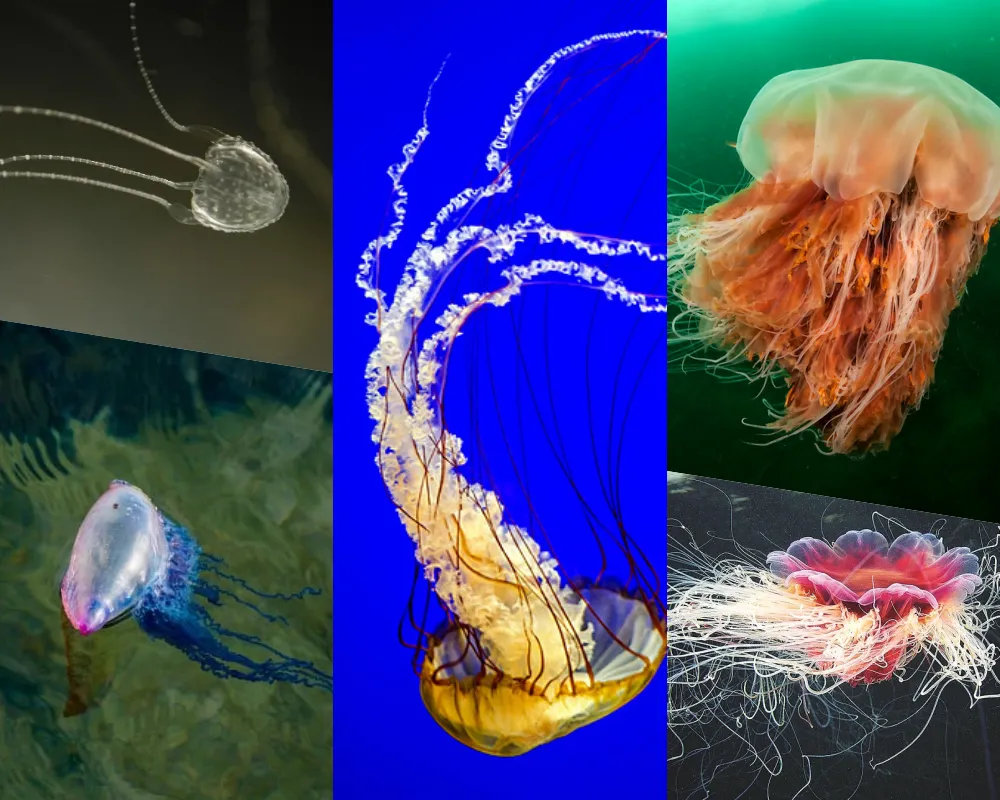
Discover the Beautiful But Dangerous Jellyfish: Learn About the World’s Most Venomous Jellyfish
Jellyfish are not only famous for their brilliant beauty and strange shapes, but they also pose a serious risk to humans. Here is an overview of the biology of jellyfish as well as the most venomous jellyfish in the world and how to deal with a jellyfish sting.
The Biology of Jellyfish
Jellyfish have existed on Earth for about 500 million years, making them one of the oldest marine creatures. They belong to the phylum Cnidaria, the same group as hydroids, but have adapted to life moving under the sea. Jellyfish do not have a brain, heart, or skeleton; they hunt using tentacles and can adapt to many different marine environments.
Top 5 Most Venomous Jellyfish in the World
1. Box Jellyfish
The box jellyfish is considered the most venomous jellyfish and also one of the most dangerous marine creatures. With 24 tentacles up to 3 meters long, each tentacle contains more than 5,000 stinging cells. The venom of the box jellyfish can cause cardiac arrest within minutes if not treated promptly, leading to death.
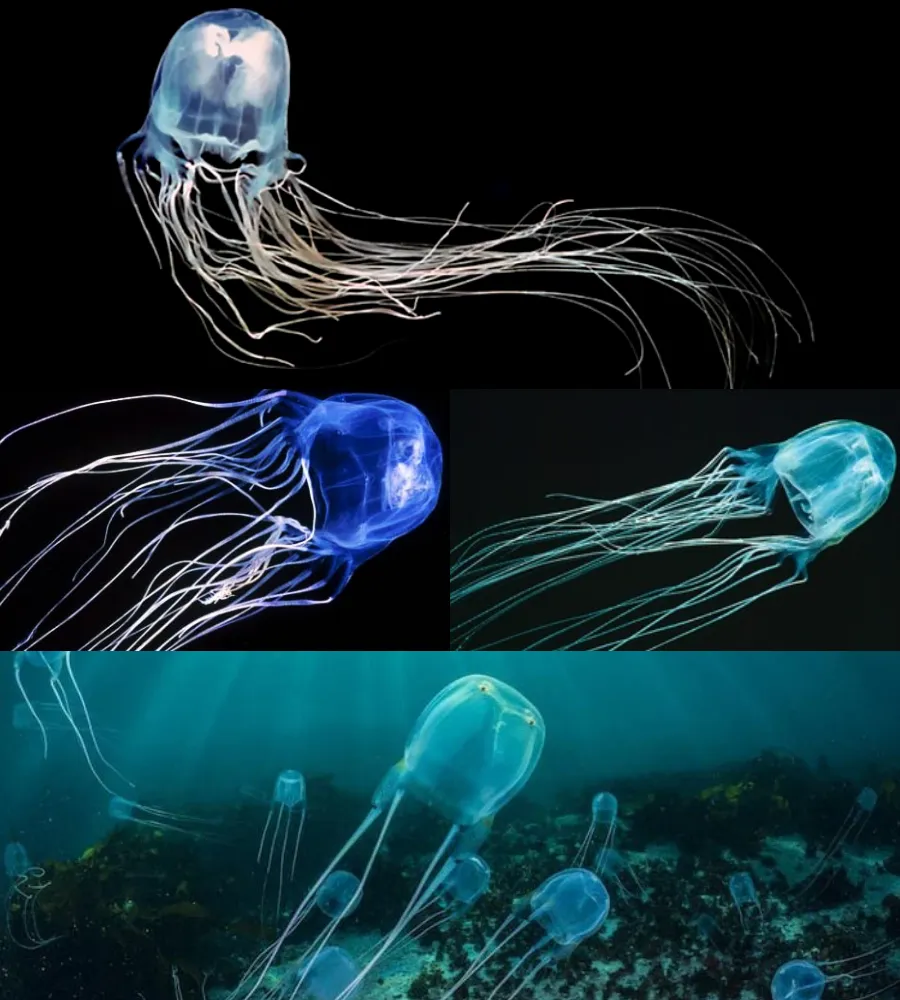
2. Lion’s Mane Jellyfish
This jellyfish is a giant marine creature with a diameter of up to 2.4 meters and tentacles longer than 30 meters. The venom of the lion’s mane jellyfish can cause cramps immediately after contact.
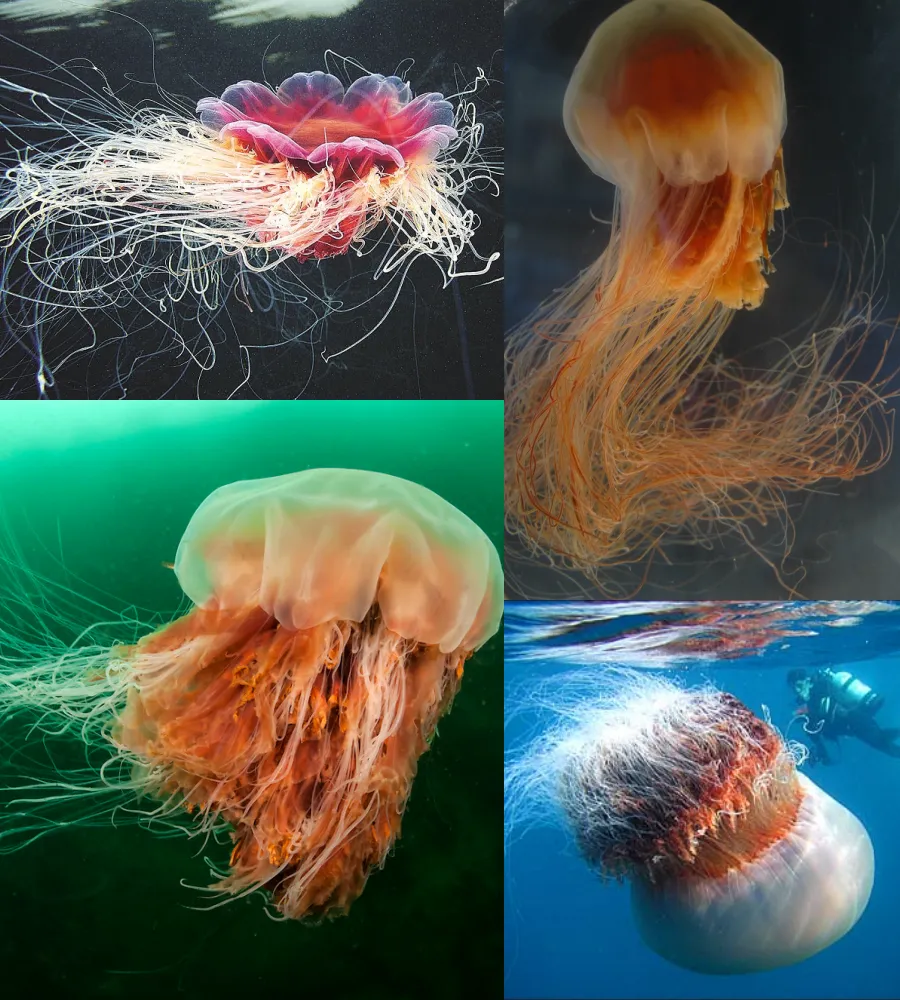
3. Irukandji Jellyfish
Only the size of a peanut and transparent in color, the Irukandji jellyfish has venom 100 times stronger than that of a cobra. Symptoms of poisoning include vomiting, headaches, and increased blood pressure, which can lead to pulmonary edema or cardiac arrest.

4. Portuguese Man O’ War Jellyfish
This jellyfish is a beautiful but extremely dangerous symbiotic sea creature with tentacles. Its sting causes pain, fever, and can lead to cardiac arrest or respiratory arrest if not treated promptly.
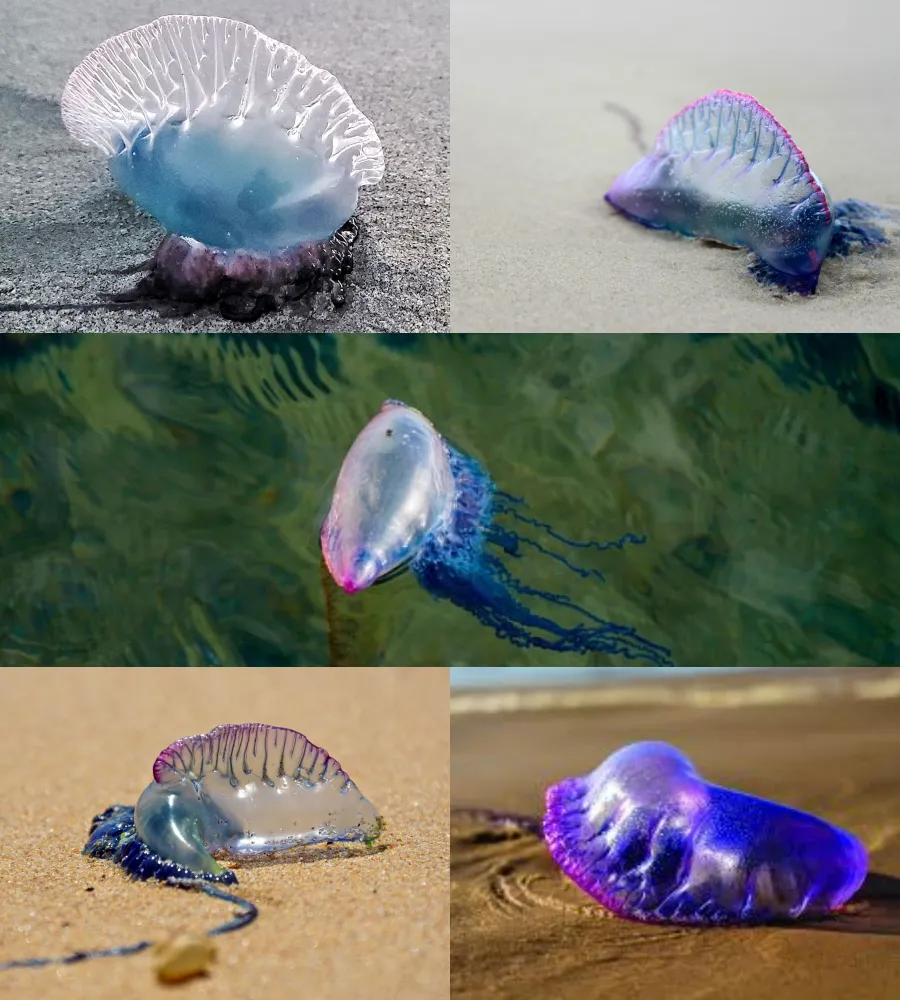
5. Sea Nettle
Known as the sea nettle jellyfish because of its resemblance to a nettle plant, this jellyfish has a sting that is painful but not life-threatening. It is commonly found in the Chesapeake Bay area of the eastern United States.
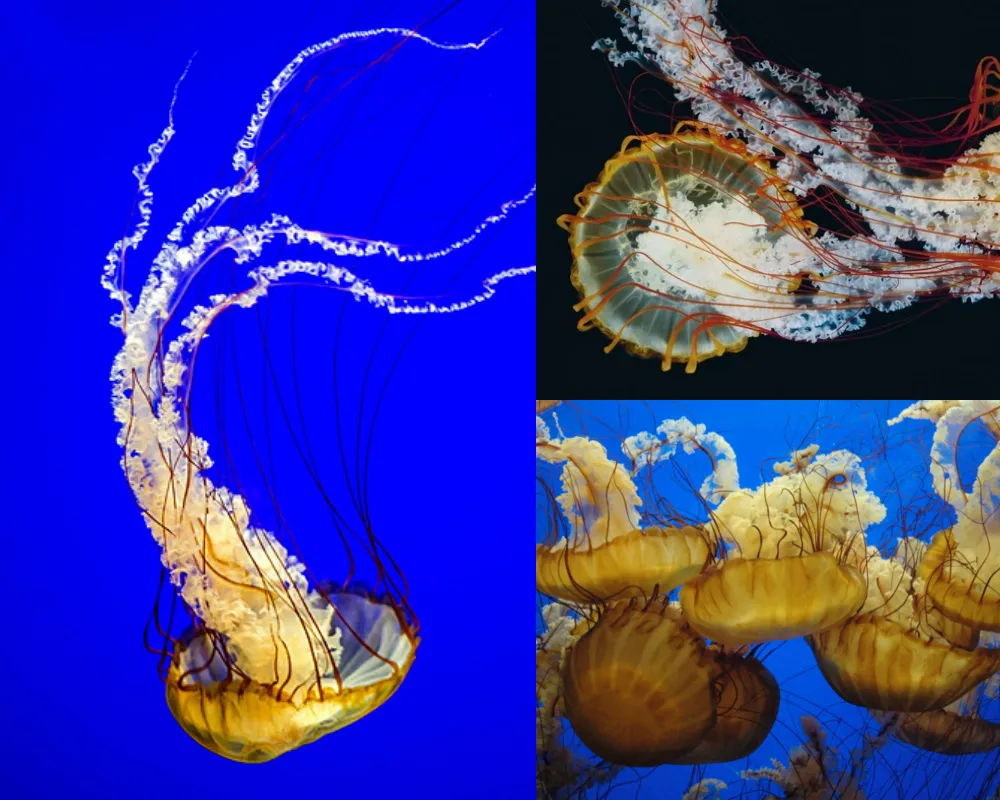
How to Treat a Jellyfish Sting
If you are stung by a jellyfish, you should take the following steps to effectively treat the sting:
1. Leave the Danger Area
Move the stung person away from the jellyfish to avoid further exposure.
2. Remove Tentacles
Use a clean tool to remove any remaining tentacles from the skin. Avoid touching the bite directly to avoid making the infection worse.
3. Clean the Wound
Clean the wound with seawater or vinegar to remove any remaining toxins.
4. Cool Compress
Apply ice or a wet towel to reduce pain and swelling in the bite area.
5. Seek Medical Help
Take the bitten person to the hospital for timely examination and treatment by a doctor.
Jellyfish are unique in their beauty but also pose serious health risks. Understanding the venomous jellyfish species and how to treat a sting will help you have a safer beach trip. If you encounter an emergency, always seek help from medical professionals to ensure your safety.






